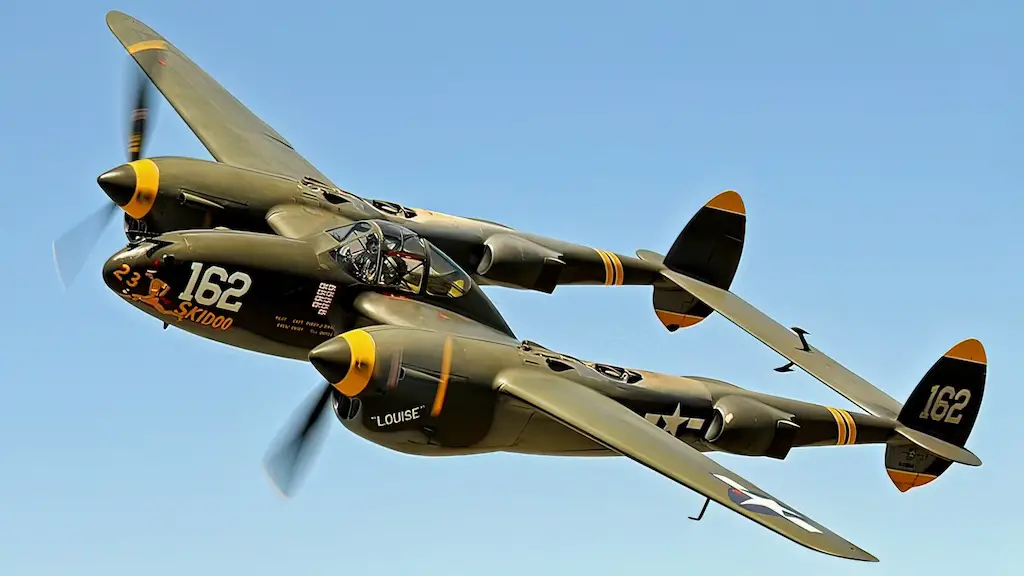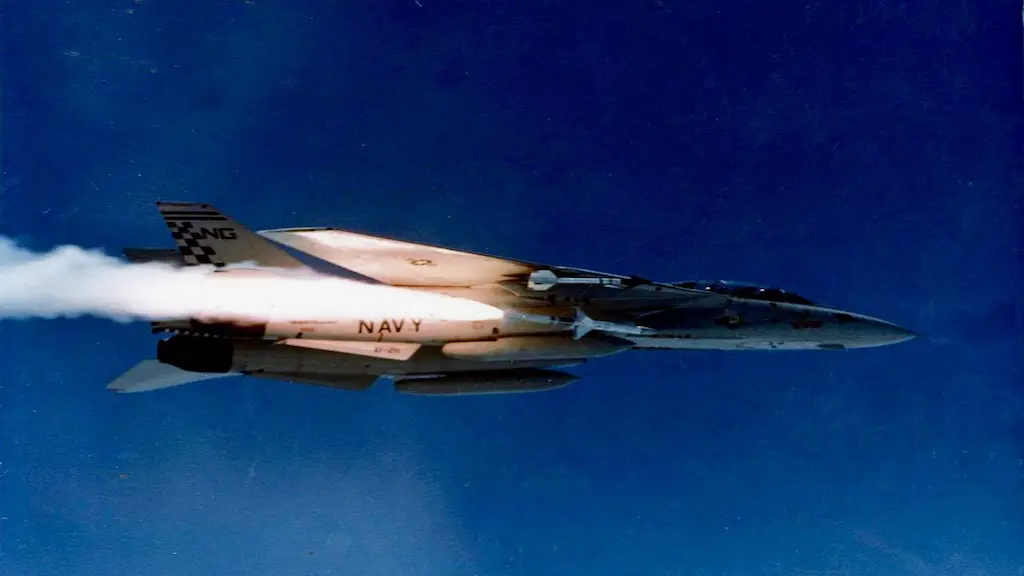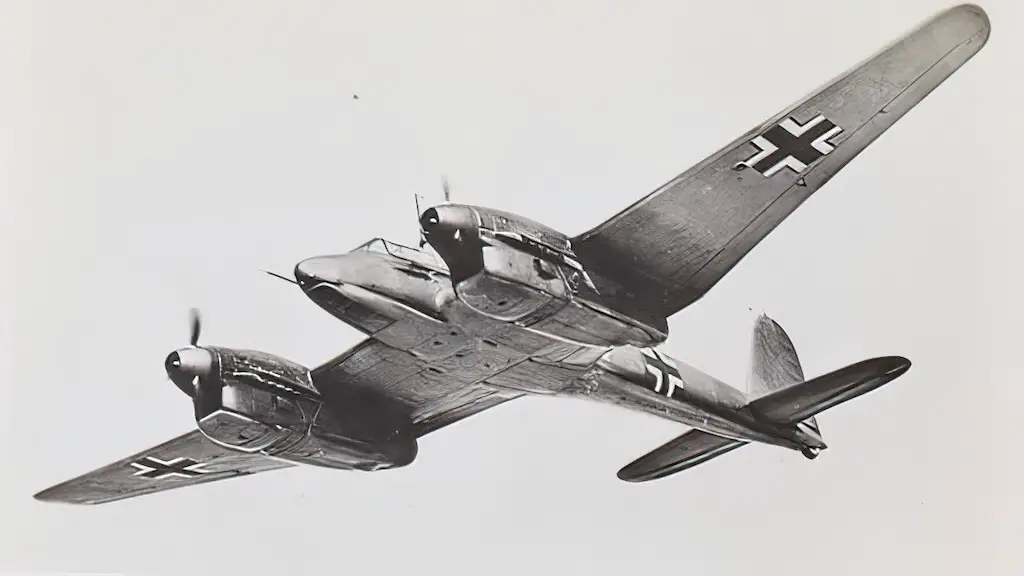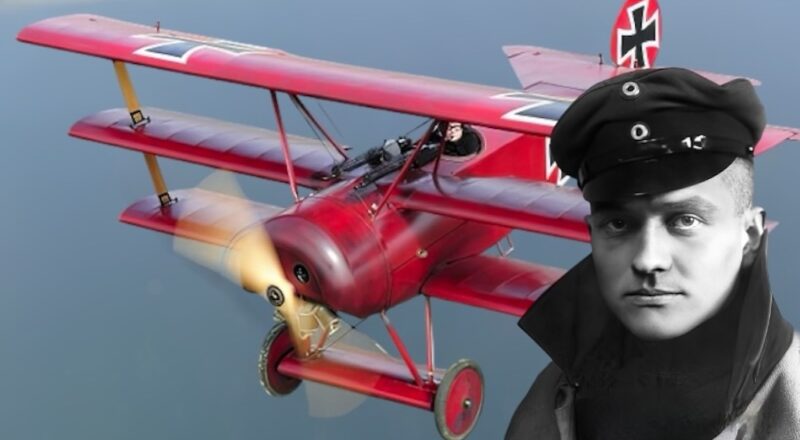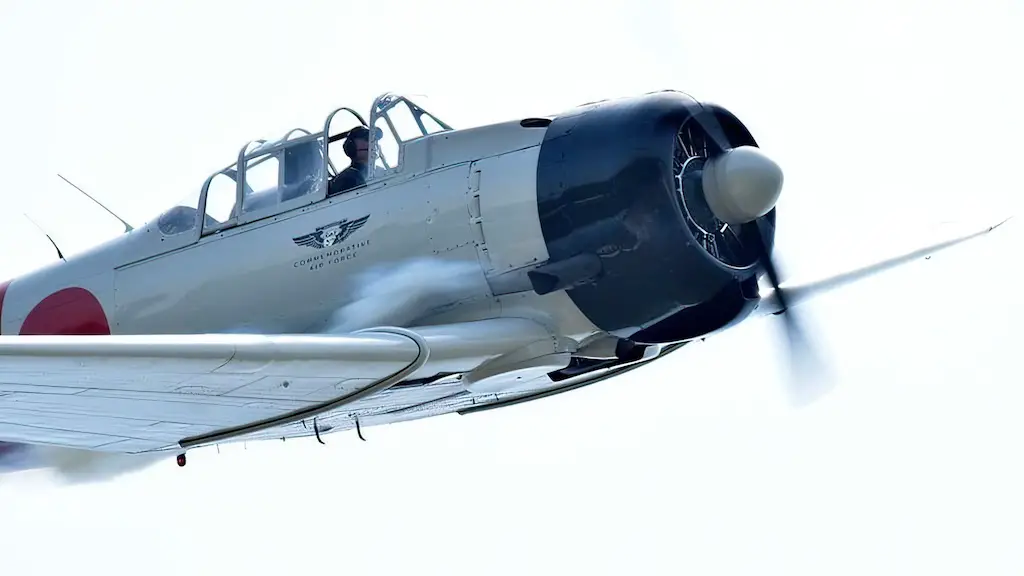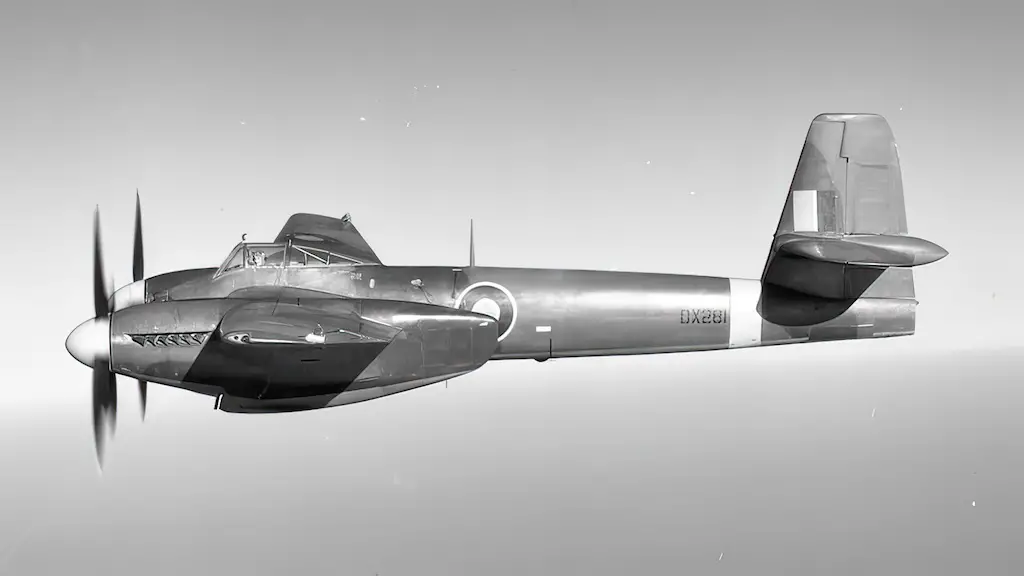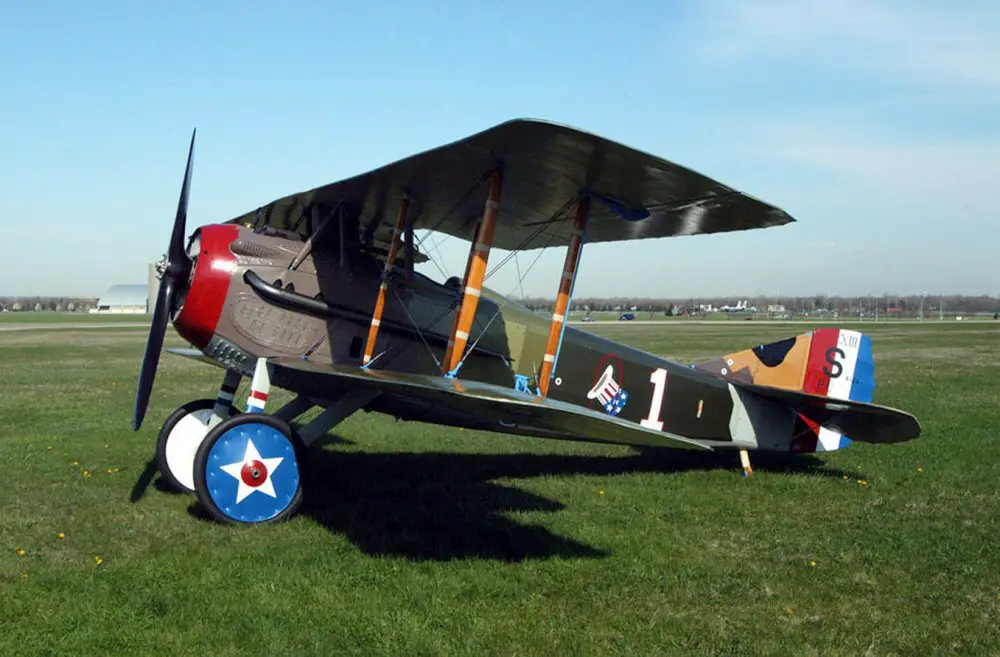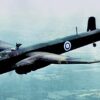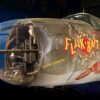In February of 2023 the world is talking about US fighters shooting down “unidentified objects of mysterious origin” in the American airspace. The first of these incidents involved downing of a Chinese balloon off South Carolina. Although this sounds as quite a novel theme, there’s nothing new under the sun.
In fact, over a hundred years ago, during the WWI, balloons were one of the fighter aircrafts primary target. Many pilots made their name specifically by “roasting sausages.” To do that they employed cutting-edge weaponry of the time, including air-launched rockets.
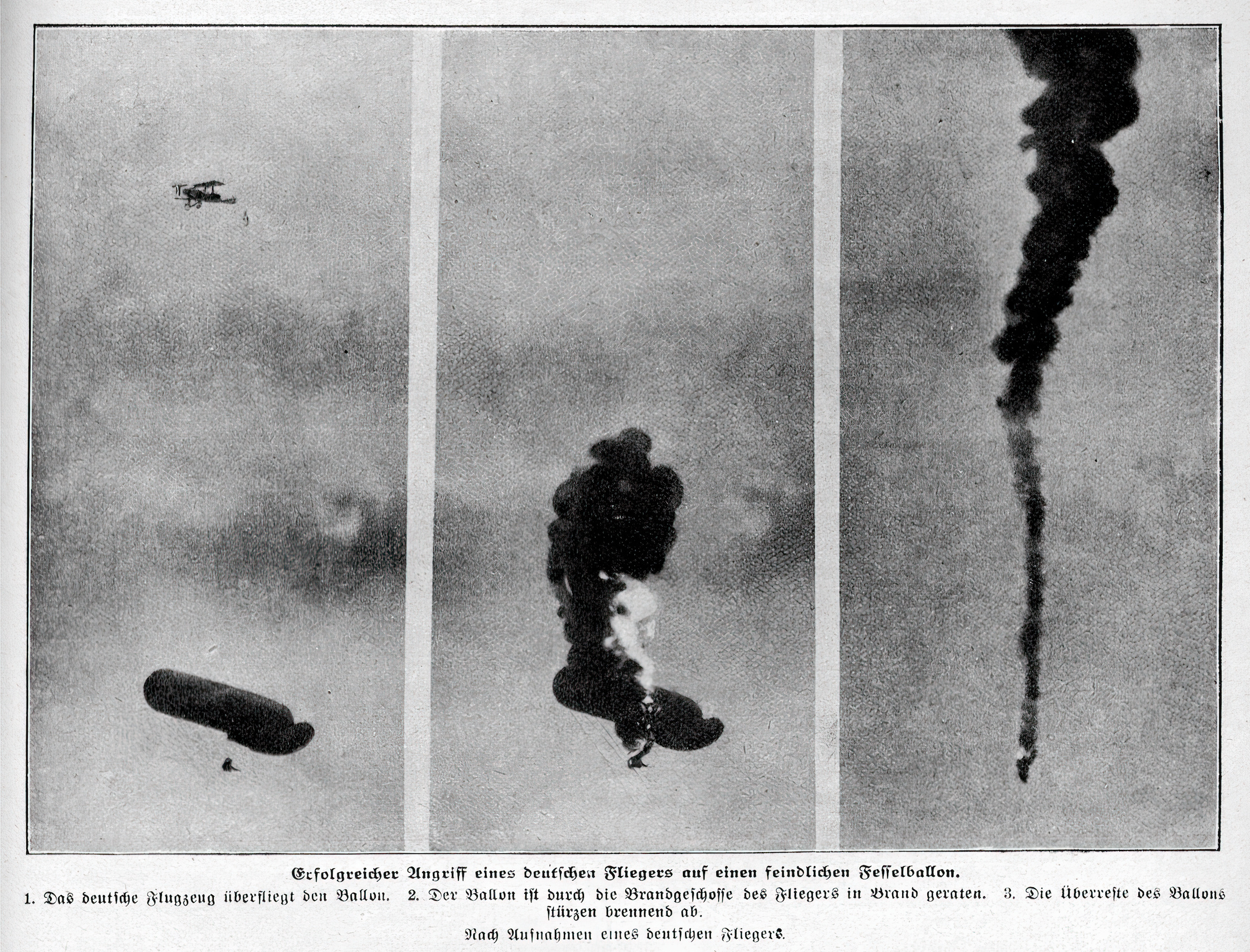
Balloons and dirigibles at war
Balloons and dirigible airships started being used by the military even before airplanes. So, when the WWI broke out, they were soon assigned many important missions in the combat zone. Most of those tasks revolved around observation and reconnaissance.
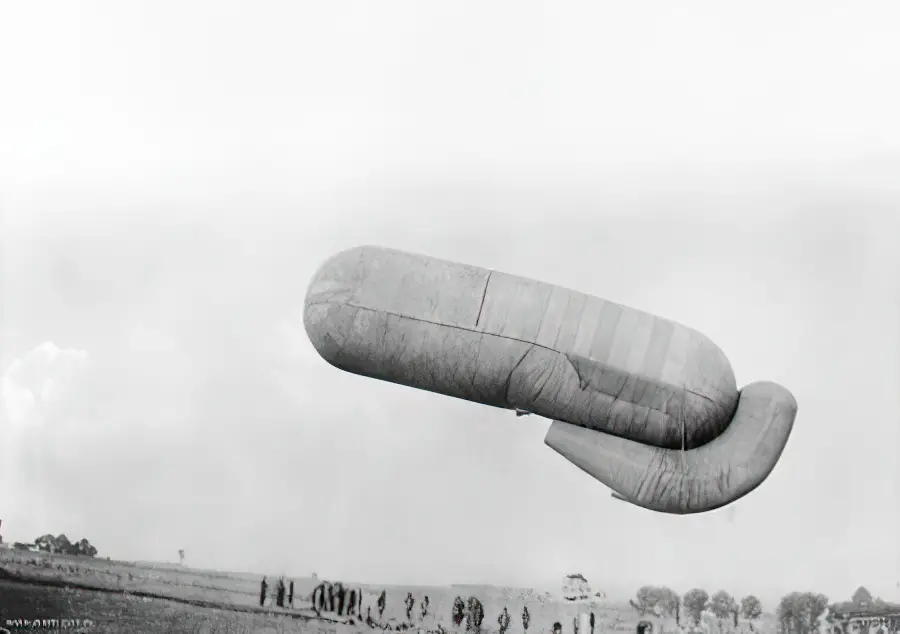
In particular, balloons were actively employed as artillery spotters. Naturally, they soon became an important target for enemy aviation. In many cases, balloons tethered to the ground also presented a highly protected target, guarded by anti-aircraft artillery and machine guns, as well as patrolling fighter aircraft.
White phosphorous and rockets
Shooting down a balloon or a dirigible with a regular machine-gun burst would require a great deal of luck. To make their attacks more effective balloon hunters tried many different weapons of greater or lesser complexity. At the time aerostats mostly used highly flammable hydrogen. Igniting it was key to downing the craft. Special munitions, such as tracer rounds and incendiary bullets containing phosphorus, proved to be especially useful.
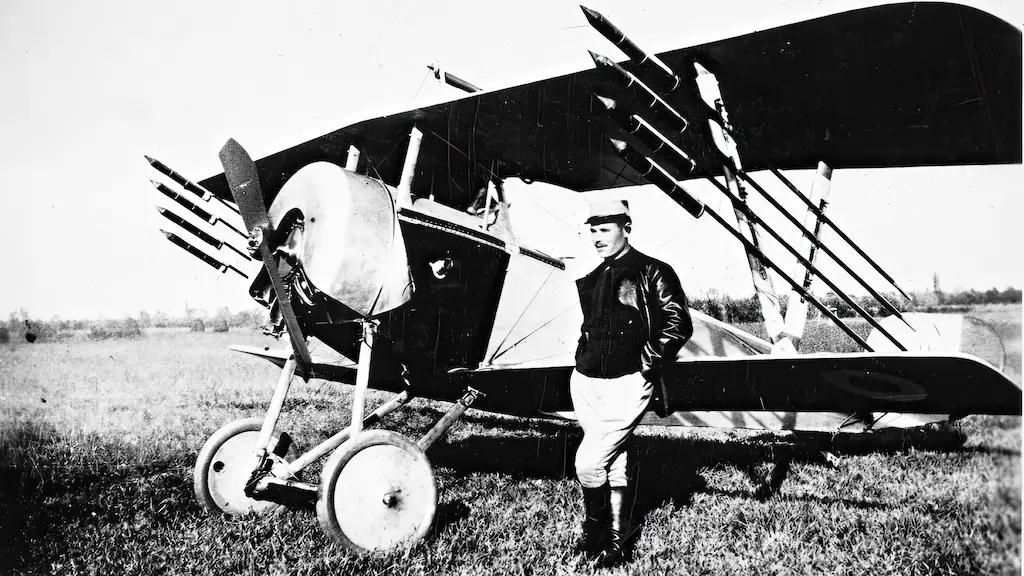
Another way employed by WWI pilots to destroy balloons was dropping on them canisters filled with about 20 pounds of white phosphorous. If carried out successfully, such an attack turned the enemy balloon into a fireball. Naturally, aircraft of the time lacked instruments to provide precision, so sometimes the deadly load would fall on the heads of ground troops without damaging its aerial target.
As early as 1915 French officer Yves Le Prieur created rockets specifically designed to be launched from airplanes at balloons and airships. Le Prieur’s unguided rockets featured a sharp iron spike which pierced the target before the detonation of a gunpowder charge contained inside. These were used on such aircraft as Sopwith Pup, Nieuport 17, and SPAD S.XIII. However, compared to incendiary bullets, rockets were not very efficient due to their short range (about 125 yards) and extreme inaccuracy.
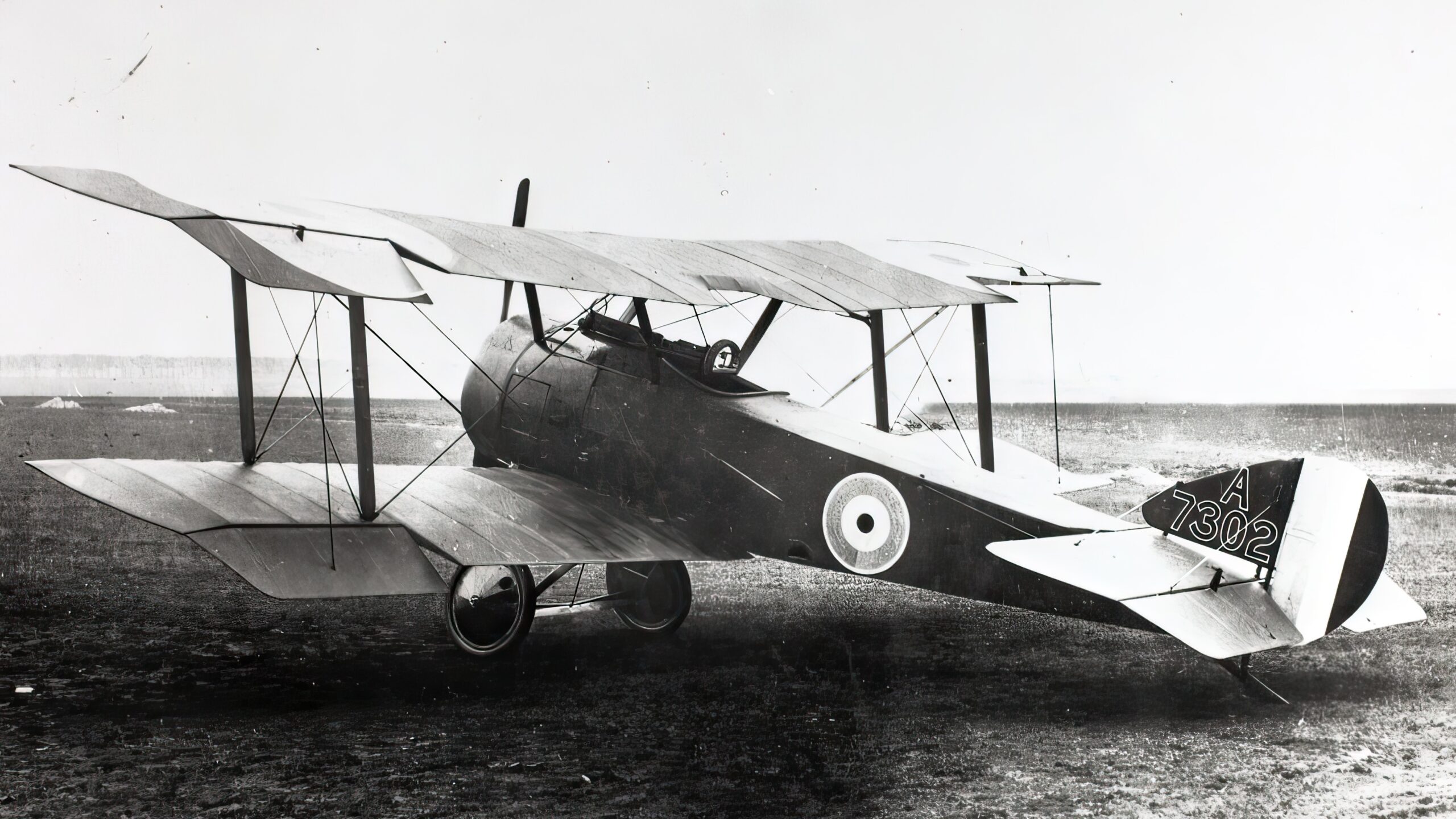
Booby-trapped balloons
The fact that balloons were an imported and attractive target prompted both warring sides to occasionally use them as giant aerial booby traps for enemy aircraft. In such a balloon’s basket, a straw dummy accompanied by several hundred pounds of explosives would take place of the real observation officer. Once an aircraft made an attack run on the balloon—and they had to approach rather closely—the charge was detonated from the ground. Fragile plywood airplanes of the time had pretty low chances of surviving such an explosion.

Balloon-busting aces
While today WWI aces are best remembered for their dogfighting accomplishments, at the time balloon busting brought them just as much fame. In fact, missions targeting enemy balloons were considered the most dangerous ones. Both due to heavy defenses and to miles-long steel cables anchoring balloons to the ground, a menace to an airplane’s wings and propeller.
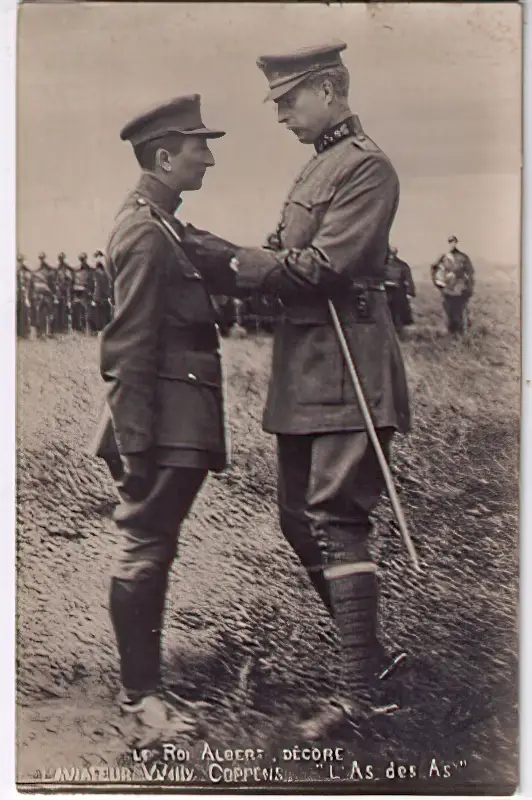
The absolute champion of balloon busting was Belgian pilot Willy Coppens with over thirty confirmed victories over German balloons. He also once managed to successfully shoot down a booby trapped balloon and get away with it. The balloon failed to explode in the air and blew up on the ground instead, wreaking havoc on German positions.
The most famous balloon buster among American fliers was Frank Luke, who downed fourteen enemy balloons. Among the British, Henry Woollett with eleven downed balloons. The most resultative German balloon-hunting ace was Friedrich Ritter von Röth, who downed twenty observation aerostats.

